Polydimethylsiloxane (PDMS) materials are classified as a silicone and commonly present a hyperelastic behaviour. Many researchers have studied PDMS in recent years, motivated by its applications in the biomedical field. In the present manuscript, a biaxial tensile test performed at different speeds is described. The displacement field for the different experimental test conditions is measured using the digital image correlation technique. Numerical studies were also carried out using the most popular constitutive models, namely Mooney-Rivlin, Yeoh and Ogden, for comparison with the experimental measurements. From the experimental displacement profile taken along the central section of each sample, that this tensile test presents linear behaviour; it is an independent speed test. The same conclusion can be found from the numerical results. The results of the numerical simulation show that they are strongly dependent on the constitutive model of the material. The numerical simulations with the Yeoh model presented the most accurate results for PDMS behaviour. Another important conclusion is that the digital image correlation technique is well suited for the analysis of hyperelastic materials.
1.
Introduction
Since the 1960s, the rapid development of high-speed rail has made it a very important means of transportation. However, the vibration will be caused because of the contact between the wheels of the train and the train tracks during the operation of the high-speed train. Therefore, the analytical vibration model can be mathematically summarized as a quadratic palindromic eigenvalue problem (QPEP) (see [1,2])
with Ai∈Rn×n, i=0,1 and A⊤0=A0. The eigenvalues λ, the corresponding eigenvectors x are relevant to the vibration frequencies and the shapes of the vibration, respectively. Many scholars have put forward many effective methods to solve QPEP [3,4,5,6,7]. In addition, under mild assumptions, the quadratic palindromic eigenvalue problem can be converted to the following linear palindromic eigenvalue problem (see [8])
with A∈Rn×n is a given matrix, λ∈C and nonzero vectors x∈Cn are the wanted eigenvalues and eigenvectors of the vibration model. We can obtain 1λx⊤A⊤=x⊤A by transposing the equation (1). Thus, λ and 1λ always come in pairs. Many methods have been proposed to solve the palindromic eigenvalue problem such as URV-decomposition based structured method [9], QR-like algorithm [10], structure-preserving methods [11], and palindromic doubling algorithm [12].
On the other hand, the modal data obtained by the mathematical model are often evidently different from the relevant experimental ones because of the complexity of the structure and inevitable factors of the actual model. Therefore, the coefficient matrices need to be modified so that the updated model satisfies the dynamic equation and closely matches the experimental data. Al-Ammari [13] considered the inverse quadratic palindromic eigenvalue problem. Batzke and Mehl [14] studied the inverse eigenvalue problem for T-palindromic matrix polynomials excluding the case that both +1 and −1 are eigenvalues. Zhao et al. [15] updated ∗-palindromic quadratic systems with no spill-over. However, the linear inverse palindromic eigenvalue problem has not been extensively considered in recent years.
In this work, we just consider the linear inverse palindromic eigenvalue problem (IPEP). It can be stated as the following problem:
Problem IPEP. Given a pair of matrices (Λ,X) in the form
and
where diagonal elements of Λ are all distinct, X is of full column rank p, and both Λ and X are closed under complex conjugation in the sense that λ2i=ˉλ2i−1∈C, x2i=ˉx2i−1∈Cn for i=1,⋯,m, and λj∈R, xj∈Rn for j=2m+1,⋯,p, find a real-valued matrix A that satisfy the equation
Namely, each pair (λt,xt), t=1,⋯,p, is an eigenpair of the matrix pencil
It is known that the mathematical model is a "good" representation of the system, we hope to find a model that is closest to the original model. Therefore, we consider the following best approximation problem:
Problem BAP. Given ˜A∈Rn×n, find ˆA∈SA such that
where ‖⋅‖ is the Frobenius norm, and SA is the solution set of Problem IPEP.
In this paper, we will put forward a new direct method to solve Problem IPEP and Problem BAP. By partitioning the matrix Λ and using the QR-decomposition, the expression of the general solution of Problem IPEP is derived. Also, we show that the best approximation solution ˆA of Problem BAP is unique and derive an explicit formula for it.
2.
The solution of Problem IPEP
We first rearrange the matrix Λ as
where t+2s+2(k+2l)=p, t=0 or 1,
with
and the adjustment of the column vectors of X corresponds to those of Λ.
Define Tp as
where i=√−1. It is easy to verify that THpTp=Ip. Using this matrix of (5), we obtain
where
and \tilde{\Lambda}_2 \in {\bf \mathbb{R}}^{2(k+2l) \times 2(k+2l)} , \tilde{X} \in {\bf \mathbb{R}}^{n \times p} . y_{t+2s+j} and z_{t+2s+j} are, respectively, the real part and imaginary part of the complex vector x_{t+2s+j} for j = 1, 3, \cdots, 2(k+2l)-1 . Using (6) and (7), the matrix equation (2) is equivalent to
Since \text{rank}(X) = \text{rank}(\tilde{X}) = p . Now, let the QR-decomposition of \tilde{X} be
where Q = [Q_1, Q_2]\in \mathbb{R}^{n \times n} is an orthogonal matrix and R \in \mathbb{R}^{p \times p} is nonsingular. Let
Using (9) and (10), then the equation of (8) is equivalent to
Write
then the equation of (11) is equivalent to
Because the elements of \Lambda_1, \tilde{\Lambda}_2 are distinct, we can obtain the following relations by Eqs (14)-(18)
where
and 1\leq i\leq k, 1\leq j\leq l . h_{1}, \cdots, h_{s}, a_{1}, \cdots, a_{k+2l} are arbitrary real numbers. It follows from Eq (12) that
where E = R\tilde{\Lambda}R^{-1} .
Theorem 1. Suppose that \Lambda = \mathit{\text{diag}} \{\lambda_{1}, \cdots, \lambda_{p}\} \in {\mathbb{C}}^{p \times p} , X = [x_{1}, \cdots, x_{p}] \in {\mathbb{C}}^{n \times p} , where diagonal elements of \Lambda are all distinct, X is of full column rank p , and both \Lambda and X are closed under complex conjugation in the sense that \lambda_{2i} = \bar{\lambda}_{2i-1} \in {\mathbb{C}} , x_{2i} = \bar{x}_{2i-1} \in {\mathbb{C}}^{n} for i = 1, \cdots, m , and \lambda_{j} \in {\mathbb{R}} , x_{j} \in {\mathbb{R}}^{n} for j = 2m+1, \cdots, p . Rearrange the matrix \Lambda as (4) , and adjust the column vectors of X with corresponding to those of \Lambda . Let \Lambda, X transform into \tilde{\Lambda}, \tilde{X} by (6)-(7) and QR-decomposition of the matrix \tilde{X} be given by (9) . Then the general solution of (2) can be expressed as
where E = R\tilde{\Lambda}R^{-1}, f_{11} is arbitrary real number, A_{12} \in {\mathbb{R}}^{p \times (n-p)}, A_{22}\in {\mathbb{R}}^{(n-p) \times (n-p)} are arbitrary real-valued matrices and F_{22}, F_{33} are given by (20)-(21) .
3.
The solution of Problem BAP
In order to solve Problem BAP, we need the following lemma.
Lemma 1. [16] Let A, B be two real matrices, and X be an unknown variable matrix. Then
By Theorem 1 , we can obtain the explicit representation of the solution set {\mathcal{S}}_{A} . It is easy to verify that \mathcal{S}_A is a closed convex subset of {\bf \mathbb{R}}^{n \times n}\times {\bf \mathbb{R}}^{n \times n}. By the best approximation theorem (see Ref. [17]), we know that there exists a unique solution of Problem BAP. In the following we will seek the unique solution \hat{A} in \mathcal{S}_A. For the given matrix \tilde{A} \in {\bf \mathbb{R}}^{n \times n}, write
then
Therefore, \|A-\tilde{A}\| = \min if and only if
Let
then the relation of (25) is equivalent to
Write
where r_{1, t} \in {\mathbb{R}}^{t \times p}, r_{2, i} \in {\mathbb{R}}^{1 \times p}, r_{3, j} \in {\mathbb{R}}^{2 \times p}, \ i = 1, \cdots, 2s, \ j = 1, \cdots, k+2l .
Let
with r = t+s, q = t+s+k+2l. Then the relation of (29) is equivalent to
that is,
where c_{i, j} = \text{tr} (J_i^\top J_j), e_i = \text{tr} (J_i^\top\tilde{A}_{11}) (i, j = t, \cdots, t+s+k+2l) and c_{i, j} = c_{j, i} .
Consequently,
Clearly, g(f_{11}, h_1, \cdots, h_s, a_1, \cdots, a_{k+2l}) = \text{min} if and only if
Therefore,
If let
where C is symmetric matrix. Then the equation (32) is equivalent to
and the solution of the equation (33) is
Substituting (34) into (20)-(21), we can obtain f_{11}, F_{22} and F_{33} explicitly. Similarly, the equation of (26) is equivalent to
Applying Lemma 1, we obtain
setting \frac{\partial g(A_{12})}{\partial A_{12}} = 0 , we obtain
Theorem 2. Given \tilde{A} \in {\mathbb{R}}^{n \times n} , then the Problem BAP has a unique solution and the unique solution of Problem BAP is
where E = R\tilde{\Lambda} R^{-1} , F_{22}, F_{33}, A_{12}, \tilde{A}_{22} are given by (20), (21), (35), (24) and f_{11}, h_{1}, \cdots, h_s, a_1, \cdots, a_{k+2l} are given by (34) .
4.
A numerical example
Based on Theorems 1 and 2 , we can describe an algorithm for solving Problem BAP as follows.
Algorithm 1.
1) Input matrices \Lambda , X and \tilde{A} ;
2) Rearrange \Lambda as (4), and adjust the column vectors of X with corresponding to those of \Lambda ;
3) Form the unitary transformation matrix T_p by (5);
4) Compute real-valued matrices \tilde{\Lambda}, \tilde{X} by (6) and (7);
5) Compute the QR-decomposition of \tilde{X} by (9);
6) F_{12} = 0, F_{21} = 0, F_{13} = 0, F_{31} = 0, F_{23} = 0, F_{32} = 0 by (19) and E = R\tilde{\Lambda} R^{-1} ;
7) Compute \tilde{A}_{ij} = Q_i^\top \tilde{A}Q_j, i, j = 1, 2 ;
8) Compute R^{-1} by (28) to form R_1, R_2, R_3 ;
9) Divide matrices R_1, R_2, R_3 by (30) to form r_{1, t}, r_{2, i}, r_{3, j}, i = 1, \cdots, 2s, j = 1, \cdots, k+2l ;
10) Compute J_i, i = t, \cdots, t+s+k+2l, by (31);
11) Compute c_{i, j} = \mbox{tr} (J_i^\top J_j), e_i = \mbox{tr} (J_i^\top\tilde{A}_{11}), i, j = t, \cdots, t+s+k+2l ;
12) Compute f_{11}, h_1, \cdots, h_s, a_1, \cdots, a_{k+2l} by (34);
13) Compute F_{22}, F_{33} by (20), (21) and A_{22} = \tilde{A}_{22} ;
14) Compute A_{12} by (35) and A_{21} by (22);
15) Compute the matrix \hat{A} by (36).
Example 1. Consider a 11 -DOF system, where
the measured eigenvalue and eigenvector matrices \Lambda and X are given by
and
Using Algorithm 1, we obtain the unique solution of Problem BAP as follows:
and
Therefore, the new model \hat{A}X = \hat{A}^\top X\Lambda reproduces the prescribed eigenvalues (the diagonal elements of the matrix \Lambda ) and eigenvectors (the column vectors of the matrix X ).
Example 2. (Example 4.1 of [12]) Given \alpha = \cos(\theta) , \beta = \sin(\theta) with \theta = 0.62 and \lambda_1 = 0.2, \lambda_2 = 0.3, \lambda_3 = 0.4 . Let
where \Gamma = \left[{\begin{array}{cc} \alpha & -\beta\\ \beta & \alpha\\ \end{array}} \right]. We construct
the measured eigenvalue and eigenvector matrices \Lambda and X are given by
and
Using Algorithm 1, we obtain the unique solution of Problem BAP as follows:
and
Therefore, the new model \hat{A}X = \hat{A}^\top X\Lambda reproduces the prescribed eigenvalues (the diagonal elements of the matrix \Lambda ) and eigenvectors (the column vectors of the matrix X ).
5.
Concluding remarks
In this paper, we have developed a direct method to solve the linear inverse palindromic eigenvalue problem by partitioning the matrix \Lambda and using the QR-decomposition. The explicit best approximation solution is given. The numerical examples show that the proposed method is straightforward and easy to implement.
Conflict of interest
The authors declare no conflict of interest.











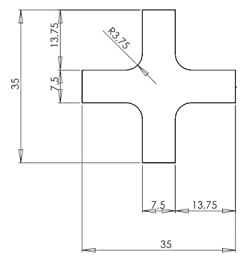
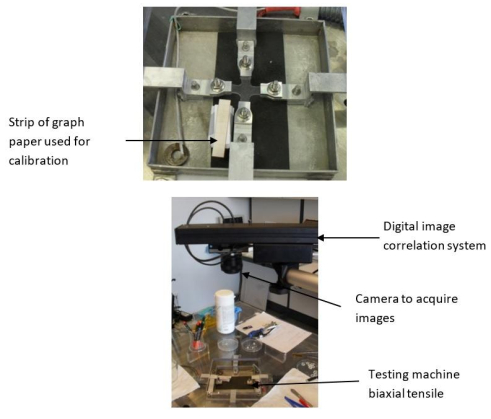
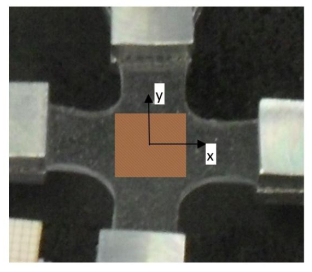
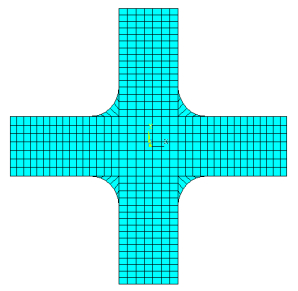



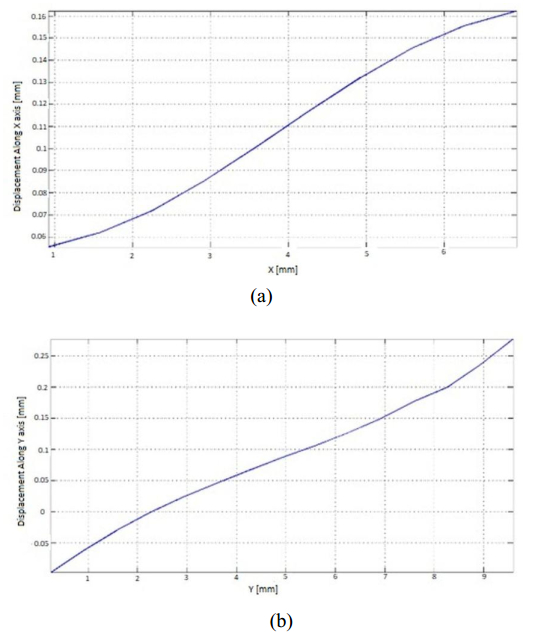
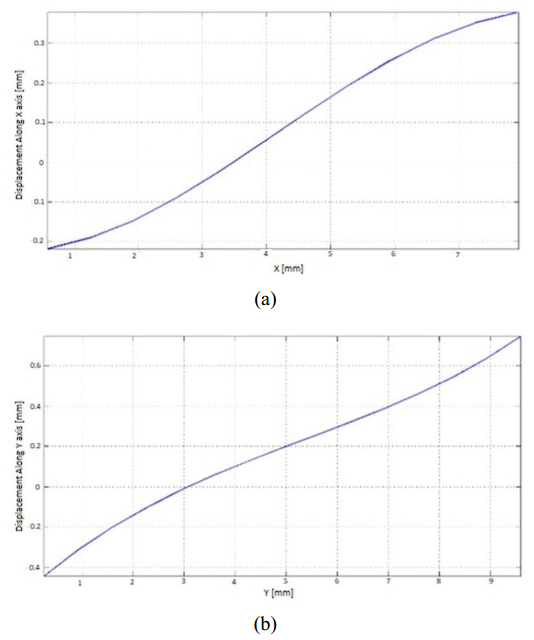
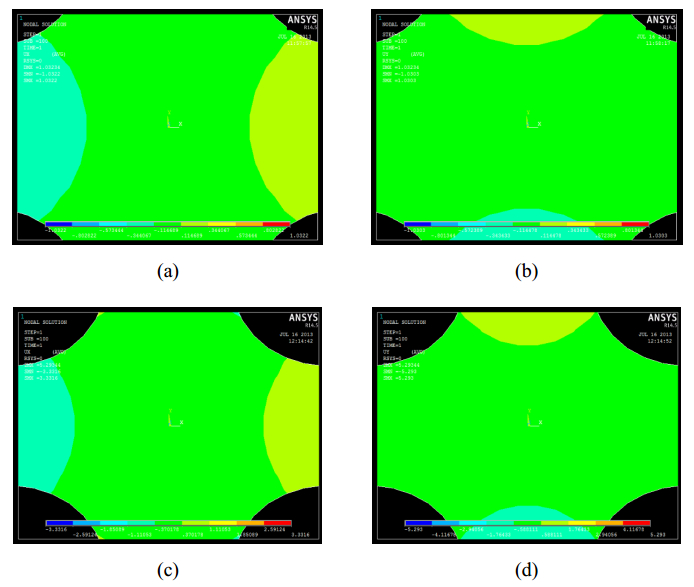
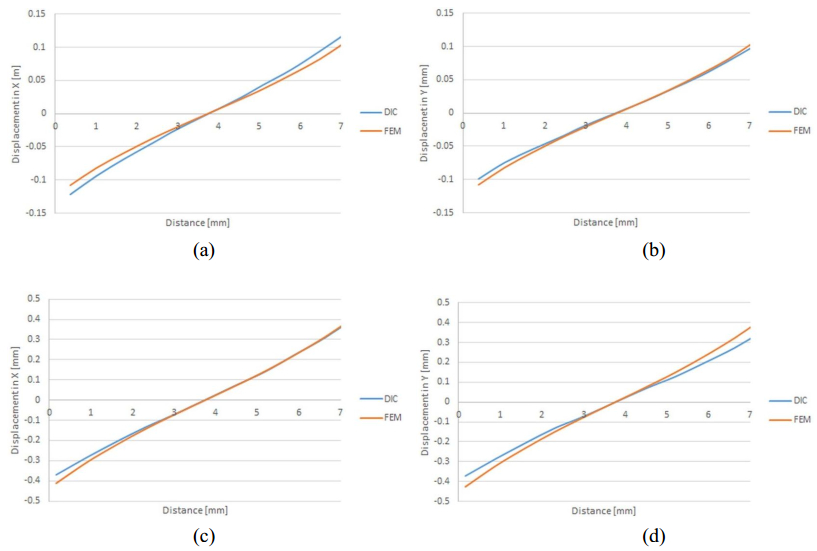


 DownLoad:
DownLoad: